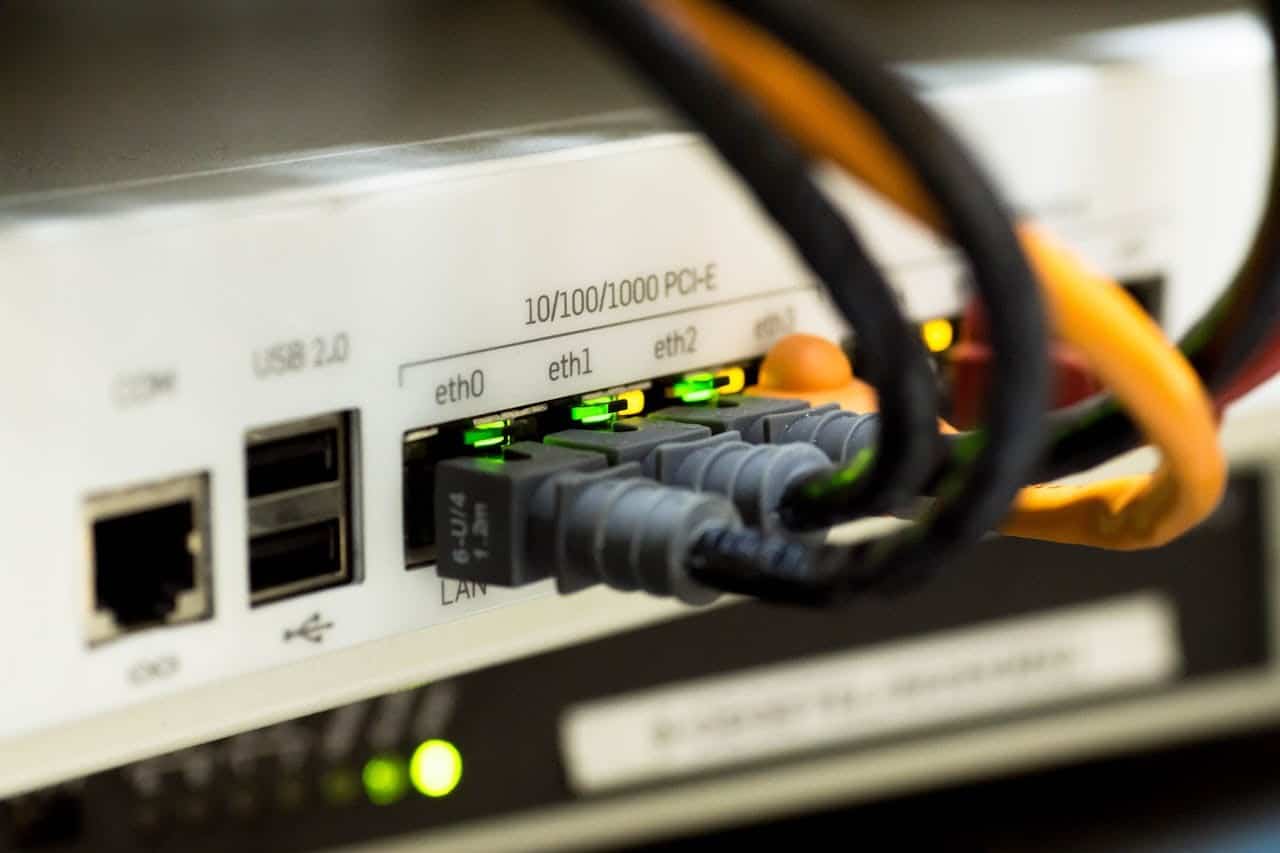Find out more about Dyfed Telecom’s signature product that has helped transform the lives of thousands of homes & businesses in Wales & England over the past decade!
4G Technology Introduction
4G broadband is the 4th generation of mobile technology, it’s much faster and more connected than 3G. The development of 4G was driven by the rising demand for mobile internet, especially for bandwidth hungry applications like video streaming, online gaming and high definition video calls.
4G Broadband Features
- Speed: One of the main features of 4G broadband is speed. It can deliver speeds of 5 Mbps to over 100 Mbps under ideal conditions. That’s a big jump from 3G which can deliver speeds of 0.5 Mbps to 2 Mbps.
- Technology Standards: The main standards for 4G technology are Long-Term Evolution (LTE) and Worldwide Interoperability for Microwave Access (WiMAX). LTE is the dominant standard globally due to its efficiency and widespread adoption by mobile operators.
- Latency: Latency is the time it takes for data to travel from source to destination. 4G has lower latency than previous generations, around 30-50 ms which is suitable for real-time applications like video conferencing and online gaming.
- Capacity and Coverage: 4G can support more users without significant degradation in service quality. This is important in urban areas where many users are accessing the network at the same time. Infrastructure advancements also means broader coverage areas.
- Mobile Hotspot Capability: Many devices with 4G can be used as mobile hotspot, multiple devices can connect to the internet through a single cellular connection. This makes it easier to stay connected on-the-go.
- Better Multimedia Support: With faster speeds and lower latency, 4G broadband can support high definition video streaming and other multimedia applications better than previous generations.
4G Broadband Applications
4G broadband has changed the way individuals and businesses use mobile internet:
- Streaming Services: Users can stream high definition videos from Netflix or YouTube without buffering.
- Social Media: Better connectivity means seamless sharing of photos and videos on social media.
- Remote Work: With reliable internet, remote work is more possible, video conferencing tools like Zoom or Microsoft Teams.
- IoT Devices: IoT relies on strong mobile networks; many IoT devices use 4G for real-time data transmission.
Conclusion
In a nutshell, 4G broadband is a big leap in mobile technology, faster speeds, lower latency, more capacity and better multimedia support than 3G. Its impact will only grow as more devices get connected and dependent on high speed internet.









